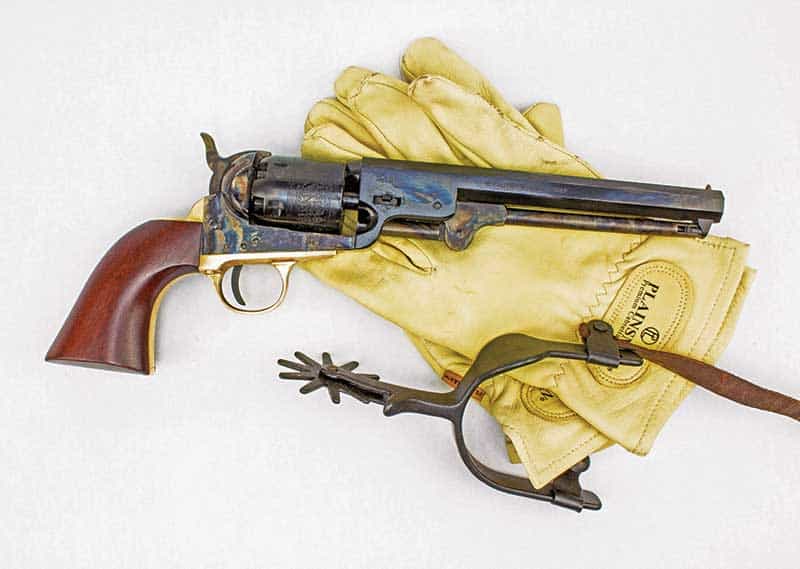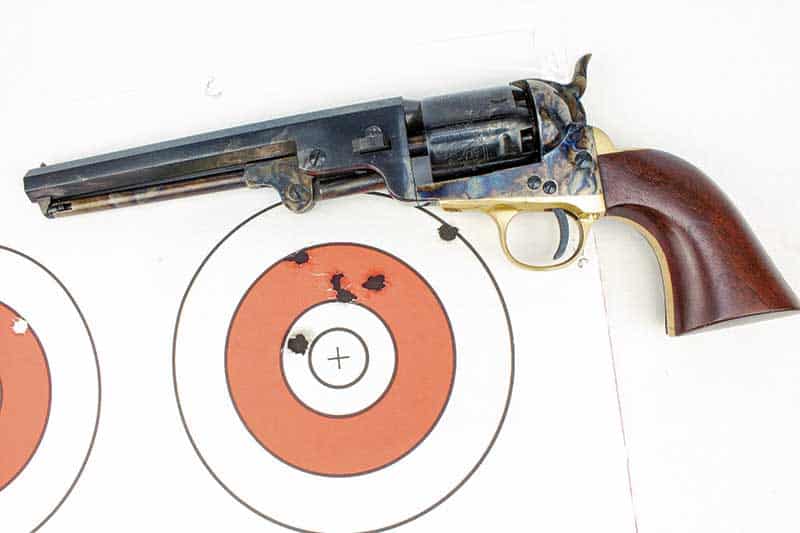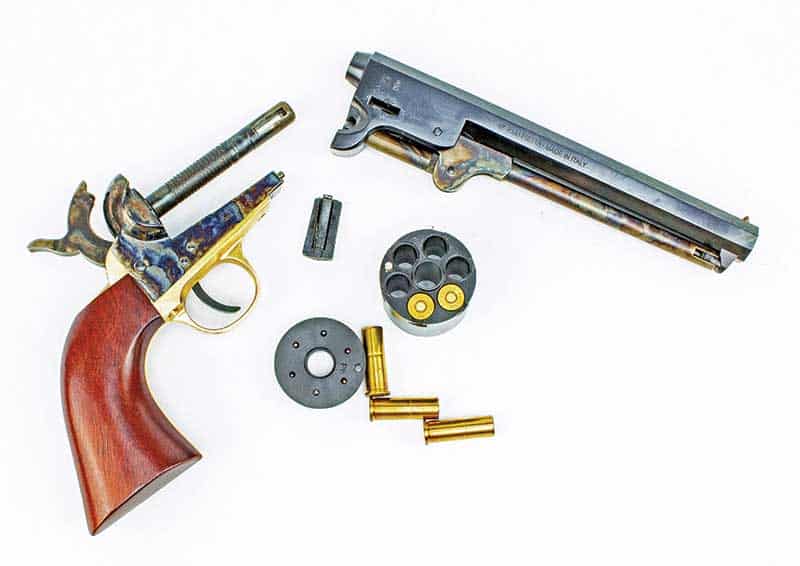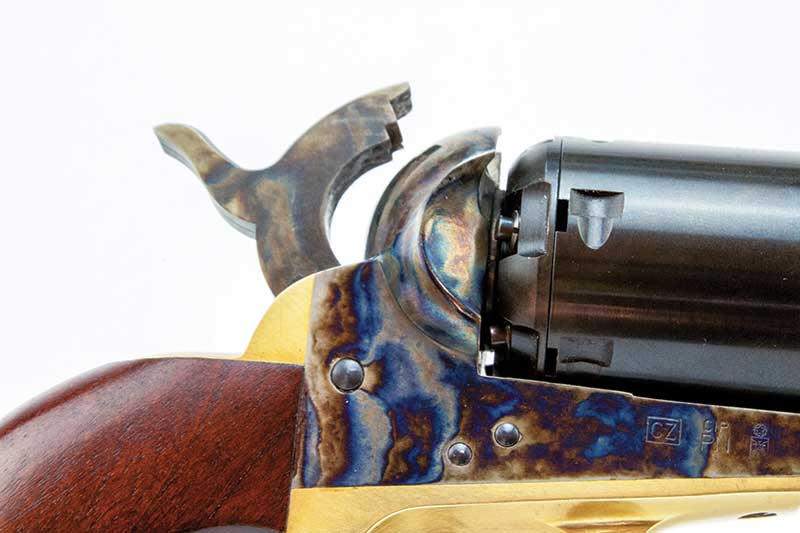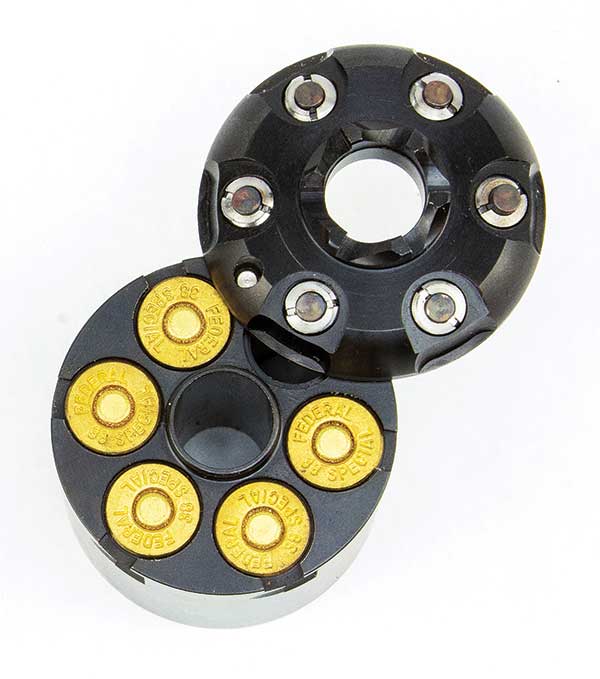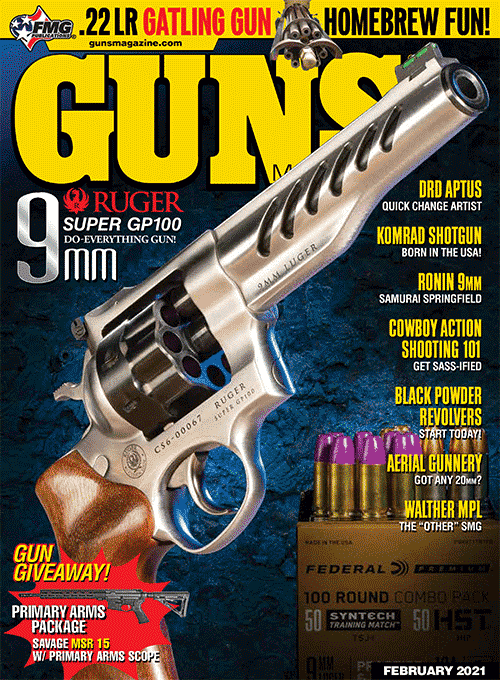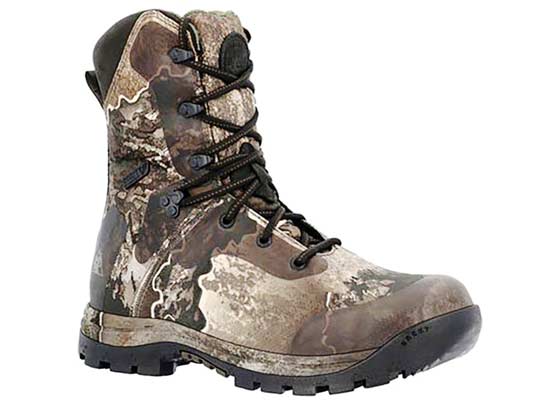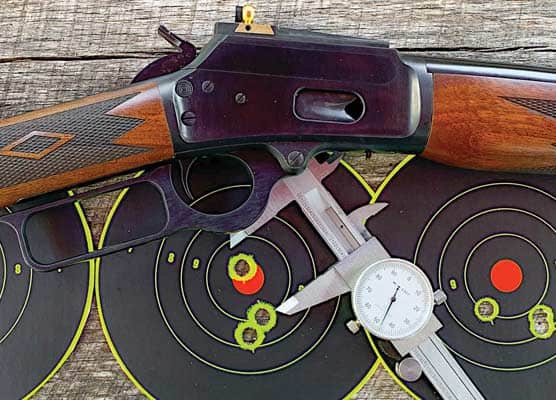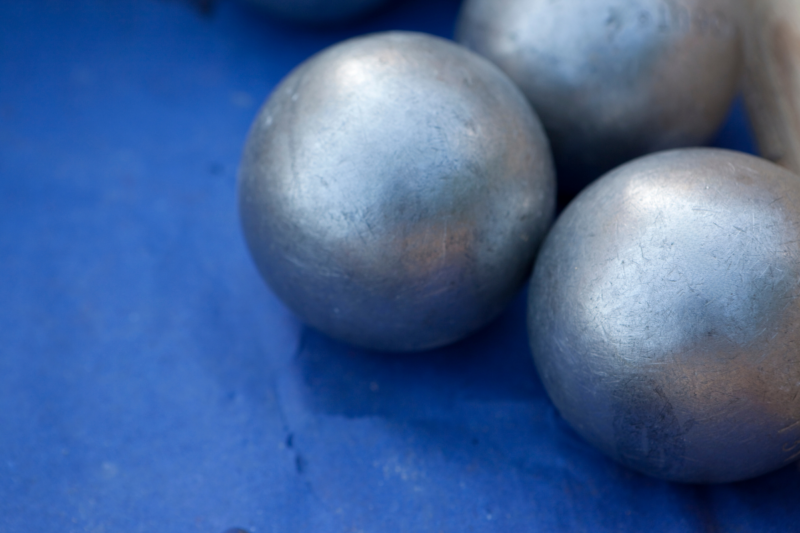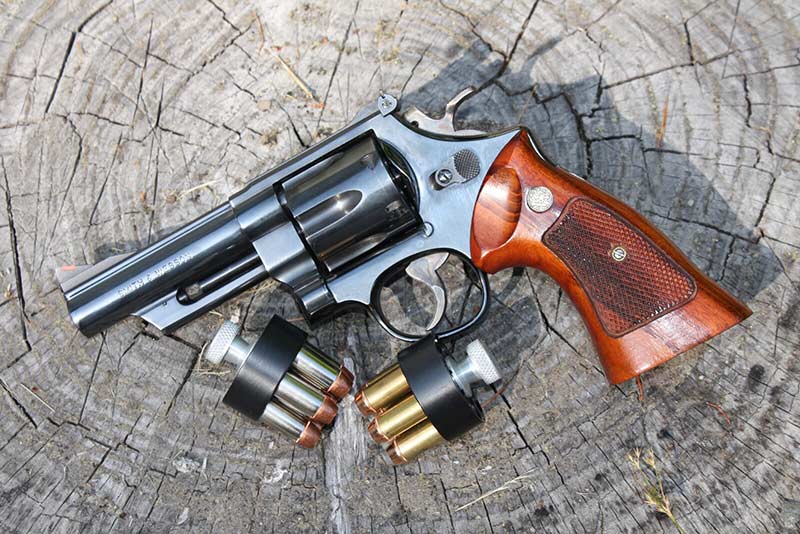Affordable
One of the easiest ways to get started with black powder also happens to be the most affordable. Italian companies Pedersoli, Pietta and Uberti make excellent replicas of early black powder revolvers made by Colt, Remington and others. These revolvers are very affordable and some can be bought for less than $250. They are not considered guns by the Bureau of Alcohol, Tobacco and Firearms therefore they can be delivered right to your door.
I had been eyeing the Pietta .36 caliber 1851 Navy Colt, which to me is one of the prettiest of the black powder revolvers and historically significant as Wild Bill Hickock’s favorite gun. Right in the middle of the COVID-19 gun shortage, Cabela’s put it on sale for $199.95. Decision made.
It’s called the Navy Colt because the cylinder has an engraving of a Naval battle between Texas and Mexico at the Battle of Campeche on May 16, 1843. The frame has a beautiful color-case-hardened finish and the grip frame is brass. The barrel is octagonal in shape and blued. It’s a beautiful gun to own even if you never shoot it.
I picked up a starter kit containing a powder flask, powder measure, inline capper and nipple wrench, plus a few balls and patches. Cabela’s had no percussion caps and this brought about the first learning experience. Percussion caps come in different sizes and nothing in the Pietta instruction manual indicated what size to use. An Internet search came up with two recommended sizes — #10 and #11 — with some preferring #10 and others preferring #11. When I went to order some, you’d have thought it was 9mm ammo as no one had any in stock. Persistence paid off, and I finally found some #11s at a Bass Pro shop and they worked perfectly.
